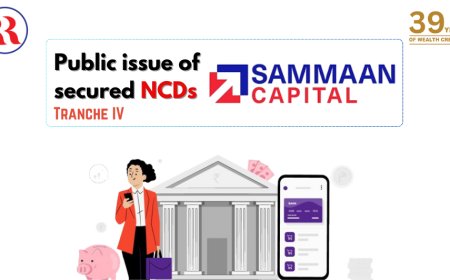How to Use Google Cloud Storage for Secure File Hosting?
How to Use Google Cloud Storage for Secure File Hosting? Learn step-by-step methods to safely store and manage files online.

Introduction
In todays digital world, storing files securely online is more important than ever. Whether you're a business owner, a developer, or just someone who wants to back up important data, cloud storage offers a safe and flexible solution. Among the many services available, Google Cloud Storage stands out due to its reliability, scalability, and security. But how exactly can you use it for secure file hosting? In this guide, we'll walk you through the basics of Google Cloud Storage, its security features, and how to host your files safely with step-by-step instructionsno technical background needed!
What Is Google Cloud Storage?
Google Cloud Storage is a product of Google Cloud Platform (GCP) that allows you to store any kind of digital datadocuments, images, videos, backups, or databaseson Google's secure infrastructure. Its designed for both personal and professional use, offering scalability, performance, and enterprise-grade security.
You can access your files from anywhere in the world, manage them through the web, command-line interface (CLI), or APIs, and set strict access rules. Its a great choice for web hosting, backups, media delivery, and even large-scale data storage.
Why Choose Google Cloud Storage for Secure File Hosting?
Here are some key reasons why it's trusted by businesses and developers:
-
Robust security & encryption
Google encrypts your files both at rest and during transfer.
-
Access control
You control who can view, edit, or download your files.
-
Redundancy & reliability
Your data is stored across multiple data centers for maximum availability.
-
Scalable pricing
Pay only for what you use. Plans are available for individuals and enterprises.
-
Fast performance
Thanks to Googles global infrastructure, file uploads/downloads are quick and reliable.
Types of Storage Classes in Google Cloud
Before uploading files, its important to understand the storage classes, which determine cost and access frequency:
-
Standard For frequently accessed files.
-
Nearline For files accessed less than once a month.
-
Coldline Ideal for backups accessed a few times a year.
-
Archive For long-term storage, like compliance or historical records.
Choose the right class depending on your needs to save on costs.
Step-by-Step: How to Host Files Securely on Google Cloud Storage
Heres a beginner-friendly process to help you get started:
Step 1: Create a Google Cloud Account
-
Sign in with your Google account
-
Set up billing (you get free credits for the first use)
Step 2: Create a Project
-
In the Google Cloud Console, click Select a Project
Click New Project, give it a name, and click Create
Step 3: Enable Cloud Storage API
-
Navigate to APIs & Services > Library
-
Search for Cloud Storage API
-
Click Enable
Step 4: Create a Storage Bucket
A bucket is where your files will be hosted.
-
Go to Storage > Browser > Create Bucket
-
Set a unique bucket name (it must be globally unique)
-
Choose your region (select the location closest to your users)
-
Choose a storage class (Standard is fine for most cases)
-
Click Create
Step 5: Upload Your Files
-
Open your bucket
-
Click Upload Files or Upload Folder
-
Select files from your computer and wait for the upload to finish
Step 6: Make Files Public (If Hosting for Public Access)
To share files with others:
-
Click on the file in the bucket
-
Go to the Permissions tab
-
Click + Add Entry
-
In the New Principal box, type: allUsers
-
Select Reader role
-
Save
You can now use it on websites, blogs, or share it with anyone!
Step 7: Secure Your Files with IAM and Bucket Policies
If you dont want public access, use Identity and Access Management (IAM):
-
Assign roles to specific users or service accounts
-
Limit access to only those who need it
-
Apply bucket-level or object-level permissions for fine control
For advanced users, Signed URLs allow you to generate temporary access links for private files.
Tips for Secure Hosting on Google Cloud
-
Use HTTPS URLs to prevent man-in-the-middle attacks.
-
Enable versioning to recover old file versions if needed.
-
Set lifecycle rules to automatically delete or archive old files.
-
Rotate access keys regularly for additional security.
-
Audit logs in the Cloud Console to monitor activity on your files.
Use Cases for Google Cloud Storage Hosting
-
Hosting product manuals or brochures for a business
-
Embedding images/videos on websites without using third-party hosting
-
Backing up important personal or project data securely
-
Sharing files securely with clients or teams
-
Hosting static websites (HTML/CSS/JS only)
Conclusion
Google Cloud Storage is a powerful tool that makes secure file hosting easy and scalable for anyonewhether you're a tech expert or just starting out. With simple steps to upload, manage, and control your files, and world-class security features, you can trust that your data is safe and accessible whenever needed. If you're looking for a reliable platform to host and share files securely, Google Cloud Storage GCP courses in Chandigarh is a smart choice worth exploring.

































